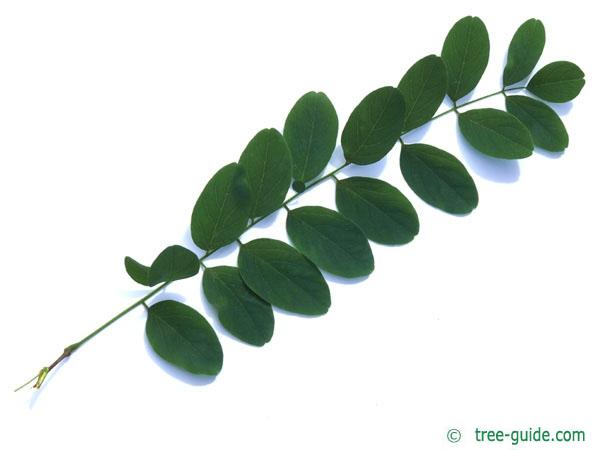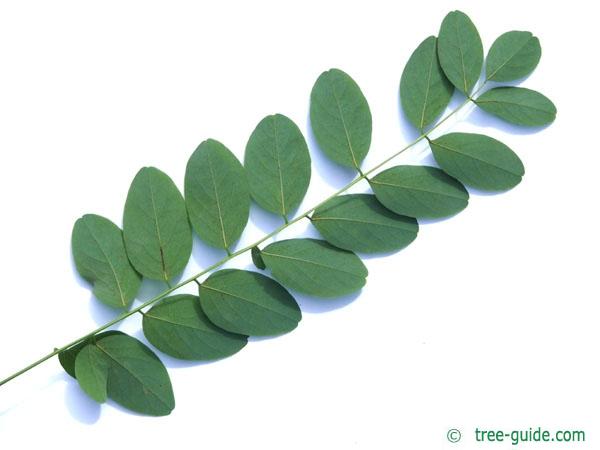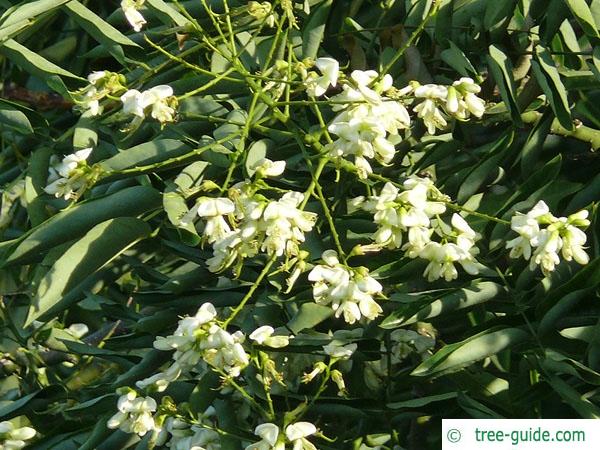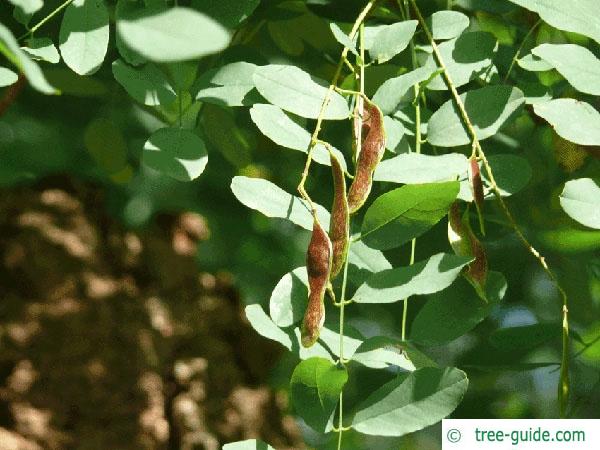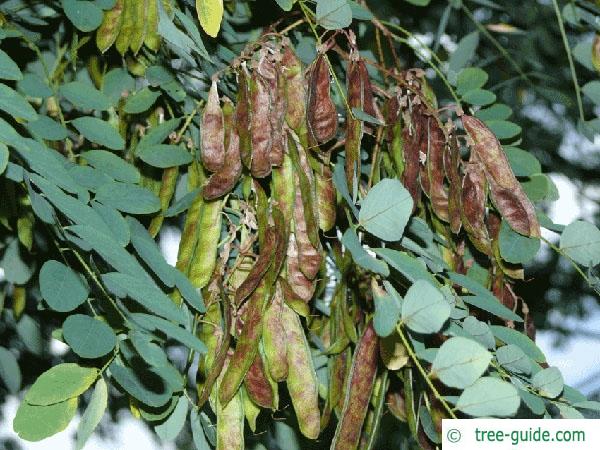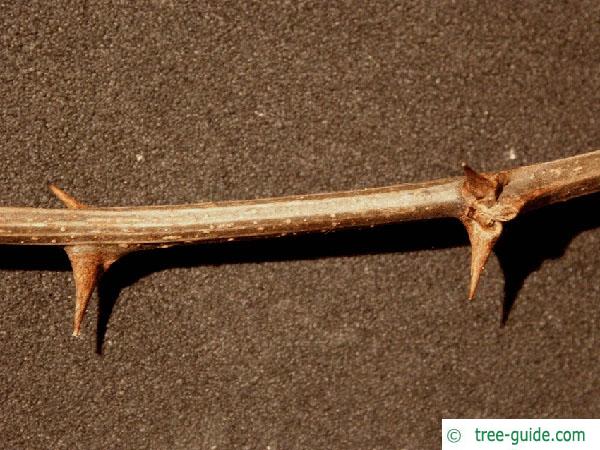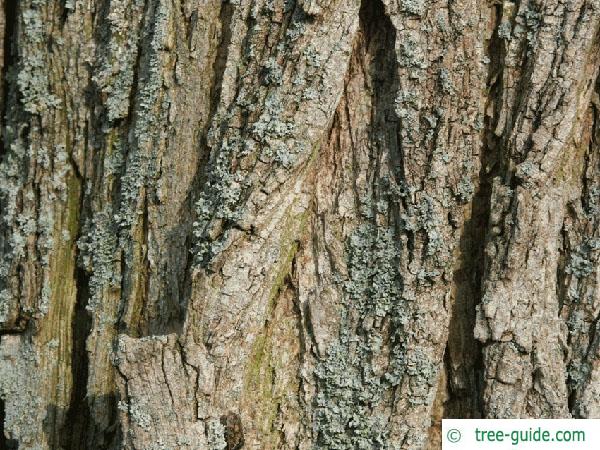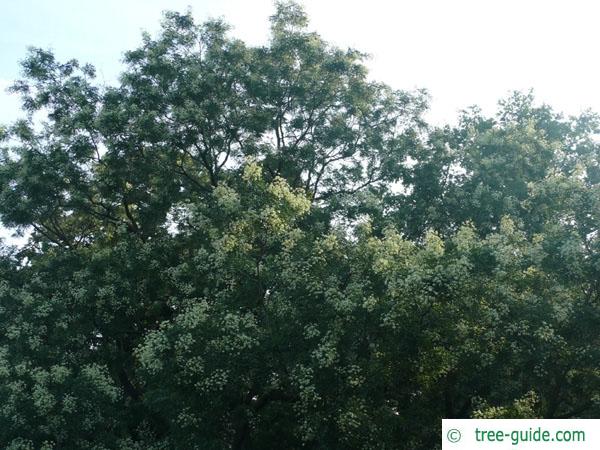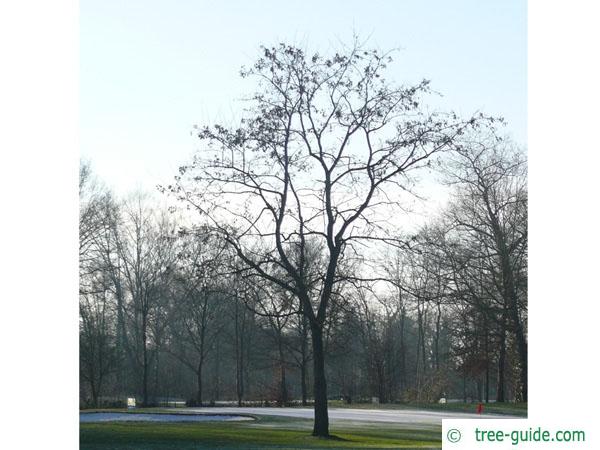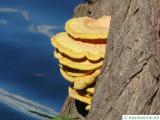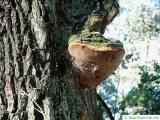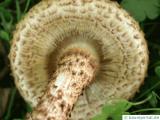Basisdaten
Native in North America Black locust is now widely represented in Europe, North Africa and Asia. The Black locust can fix nitrogen in the soil and thus help to improve the soil. The wood is hard and is suitable as a floor covering, wood for benches and fences, and for firewood, if it is well dried.
Robinia pseudoacacia - Black locust
Description
The Black locust is also referred to as False Acacia, Silver Rains or Common Scotch Thorn. The butterfly is often found in gardens and parks in our latitudes and is native to North America. Robinia pseudoacacia is known as foreign wood with the largest spread in Europe, North Africa and West and East Asia.
Habit
The deciduous tree can grow freestanding up to 20 meters (66 ft) high. In closed stocks can be reached up to 30 (99 ft) meters. The young branches of the Black locust are weak, brittle and bare. The bark of the tree is brown and has deep furrows. The trunk is quite short and tends to form double crowns. The alternate and up to 30 centimeters (12 inch) long leaves appear only in late spring. The leaves consist of up to 19 monotonous single leaves, which have the property to fold down vertically when heat. Characteristic of the common Robinie are the red-brown thorns, which are up to nine inches long.
buds
The buds of the Black locust are hardly recognizable. End buds are missing and the side buds are hidden in the leaf scars and break out only in the spring.
Blossom
The flowering period of the Ordinary Robinia is between May and June. Then show the showy between 10 to 25 centimeters (4 - 10 inch) long racemose inflorescences, which hang on the young branches. The white butterfly flowers have a reminiscent of bergamot scent and appear after the sprouting of the leaves on the reddish pedicels.
Fruit
Flattened pods form out. These are reddish brown and can grow up to ten inches long. The seeds are located in the indentations of the parchment-leathery sheaths. Each pod has four to twelve seeds. The brown seeds up to seven millimeters long mature in September. The fruits often stay on the tree until the next spring. During the winter months, the surrounding hull often tears along the dorsal and abdominal sutures. The fruits of the Black locust are poisonous like seeds, leaves and bark and can lead to colic and convulsions.
Robinia
The wood of the robinia has a high economic value, because it is firm, flexible and very resistant. The durability class is higher than that of oakwood. The fields of application are shipbuilding or furniture construction. Robinia wood is also used as threshold timber, used in agriculture or used in traditional bow making. The wood is also used outdoors in the outdoor area. As it also lasts long without having to be chemically preserved, garden furniture or children's toys are preferably made of robinia wood. Robinia wood tends to a certain alertness. By this one understands the wood property, before it breaks to splinter and emitting warning sounds. Disadvantageous is the heavy processing on the use of the wood. Robinia wood stamps are heavier than other types of wood. Also, the nailing and editing are relatively difficult.
Tree profile
The leaves of Black locust is odd-pinnate with 9-19 leaflets. The single leaves are 3 - 4 cm (1.2 – 1.6 in) long, ovate to round. The leaf margin is serrated.
The white flowers hang in white panicles up to 20 cm (7.9 in) long and appear after the leaf shoots. The pedicels are reddish.
The two-shelled legume is brown and up to 10 cm (3.9 in) long. The fruits hang still in winter on the tree.
The branches are olive green to reddish-green, often with a hard-on, lenticels and thorny. The buds are barely visible.
single tree or planting in groups, roadside green







